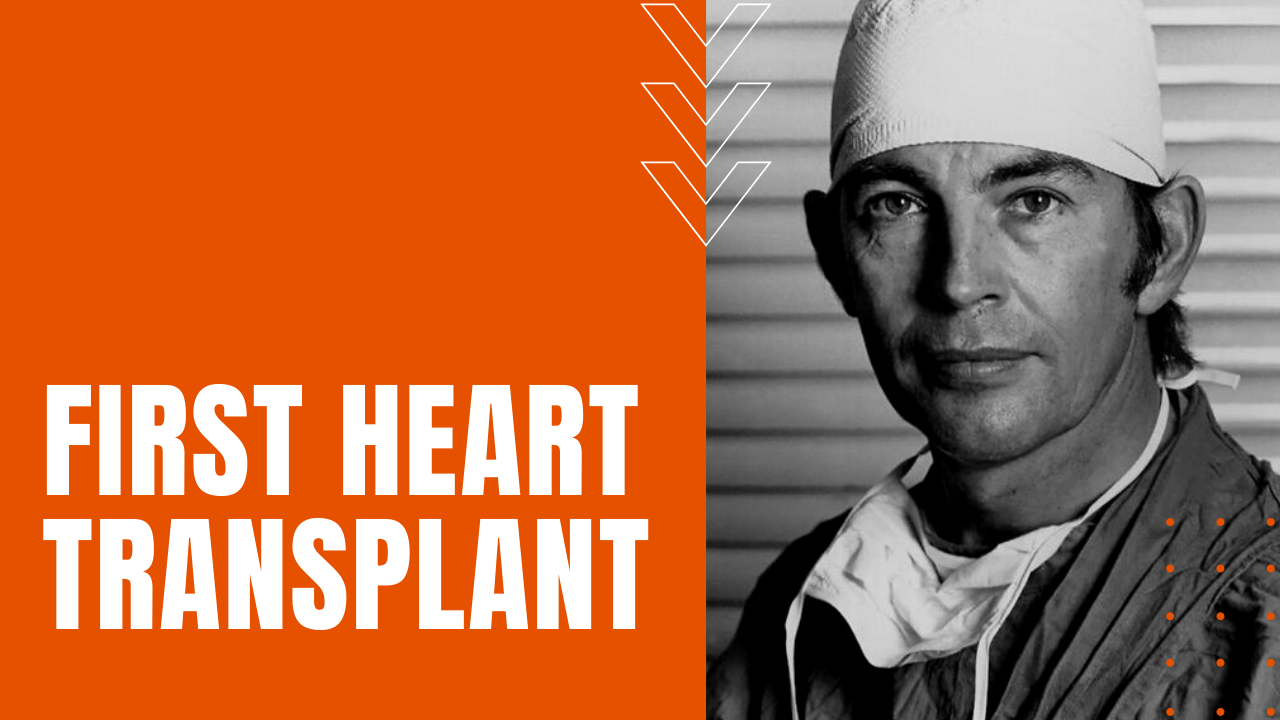The First Human Heart Transplant

While the first heterotopic or out of place animal heart transplant was performed by Alexis Carrel and Charles Guthrie in 1905; for humans, the art of heart transplantation would take years of collective surgical effort to overcome technique shortcomings such as ischemia or muscle loss due to inadequate oxygenation of the heart during transplantation, the need for a viable cardiopulmonary bypass machine and the issue of foreign tissue rejection in the human body.
That began to change in the late 1950s with advances in heart/lung bypass technology, which allowed cardiac surgeon Norman Shumway and his group at Stanford to perform orthotopic or normal position heart transplantations in canines. In 1965, Shumway’s colleague Richard Lower made an important contribution when his canine patient survived 250 days by combining two rejection drugs, azathioprine and methylprednisolone.
By the late 1960s, many heart programs in the U.S. and abroad were approaching technical viability for performing human-to-human heart transplants.
When was the First Human Heart Transplant?
On the 3rd of December, 1967, South African surgeon Christiaan Barnard stunned the world by successfully performing the first heart transplant.
Barnard was head of experimental surgery at the Groote Schuur Hospital in Cape Town, where he performed the pioneering surgery. Having previously performed successful kidney transplants, his team identified 54-year-old heart disease patient Louis Washkansky as a suitable recipient for a donor’s heart.
Struck down by a drunk driver while crossing at an intersection, Denise Darvall was pronounced brain dead at Groote Schuur on December 2nd. Kept alive on a ventilator, Denise’s father approved her for donor status, and the landmark operation began shortly after midnight. Six hours later, on the morning of December 3rd, electric shocks brought Washkansky’s new heart back to life, yet sadly the Immunosuppressant drug cocktail he was given contributed to his death by pneumonia 18 days later.
Heart Transplants Today
Tissue rejection continued to plague heart transplant programs around the world, forcing many cardiac surgeons to nearly abandon the procedure until the development of Cyclosporine in 1980 pumped new life into the procedure. Along with antiproliferative or anti-cell growth agents such as azathioprine, according to the Mayo Clinic, worldwide heart transplant survival rates today boast an 85% survival at one-year post-op and 69% at five years post-transplantation.
